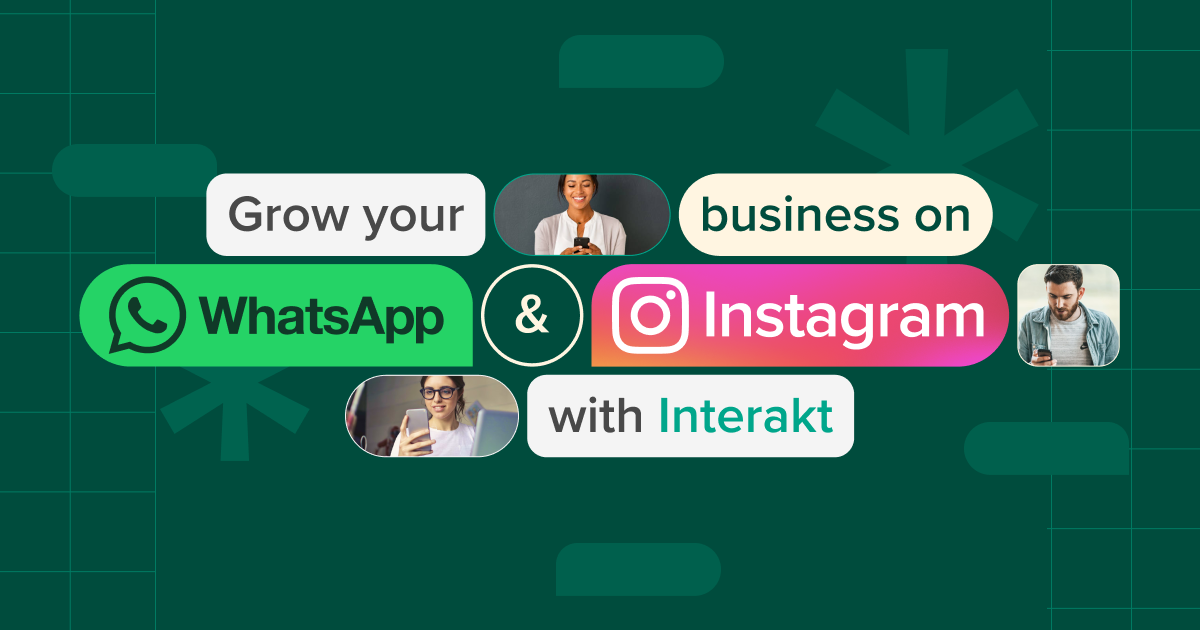WhatsApp Business API has transformed the way businesses communicate with their customers, providing a scalable, automated, and secure messaging solution. Whether you’re looking to integrate the API into your business or understand its documentation, this guide will walk you through everything you need to know.
WhatsApp Business API Documentation [EXPLAINED]
WhatsApp Business API documentation is a critical resource for developers and businesses aiming to integrate WhatsApp into their customer communication strategy. Unlike the WhatsApp Business App, the API is designed for medium and large enterprises that require automated, large-scale messaging capabilities.
The documentation covers various aspects, including:
1. Setting up the API
2. Authentication and security protocols
3. Sending and receiving messages
4. Webhook implementation
5. Rate limits and pricing
6. Compliance and data privacy
WhatsApp Business API documentation is essential for ensuring a smooth integration and maximizing the benefits of automated messaging.
Understanding WhatsApp Business API Architecture
WhatsApp Business API operates on a client-server model, where businesses host the API on their own servers or through a Business Solution Provider (BSP). Key components include:
1. WhatsApp Business API Client: The main software component that processes messages and interactions.
2. Database: Stores message logs, user interactions, and configuration settings.
3. Webhooks: Event-based notifications for incoming messages and status updates.
4. API Endpoints: Routes that allow businesses to send messages, manage contacts, and retrieve analytics.
Understanding the architecture helps businesses deploy the API effectively while ensuring security and scalability.
How WhatsApp Business API Works
WhatsApp Business API functions as an intermediary between businesses and customers, enabling automated and real-time communication.
Key Workflow Steps:
1. Business Verification: Obtain approval from Meta to access the API.
2. API Setup: Deploy the API on a server or use a BSP-hosted solution.
3. Authentication: Use OAuth tokens or API keys for secure access.
4. Sending Messages: Use pre-approved message templates or session messages for conversations.
5. Receiving Messages: Implement webhook listeners to capture incoming messages.
6. Tracking and Analytics: Monitor message delivery, read receipts, and response rates.
By following WhatsApp Business API documentation, businesses can ensure compliance and effective message delivery.
Authentication and Security in WhatsApp Business API
Security is a critical aspect of WhatsApp Business API. The documentation highlights several best practices:
1. OAuth 2.0 Authentication: Secure API access using tokens.
2. End-to-End Encryption: Protects messages between businesses and customers.
3. Data Storage Compliance: Businesses must adhere to GDPR and other privacy regulations.
4. IP Whitelisting: Restricts API access to trusted servers.
By implementing these security measures, businesses can ensure compliance and data integrity.
Message Templates and Interactive Messaging Documentation
WhatsApp Business API allows businesses to send structured messages, including:
1. Pre-approved Message Templates: Required for business-initiated conversations.
2. Interactive Messages: Includes buttons, lists, and quick replies for enhanced customer engagement.
3. Session Messages: Messages sent within a 24-hour customer response window.
Understanding WhatsApp’s messaging documentation ensures compliance and better user experience.
Conclusion
WhatsApp Business API documentation is essential for businesses looking to integrate WhatsApp for automated, scalable, and secure customer communication. By following the official API documentation and best practices, businesses can unlock the full potential of WhatsApp messaging.






